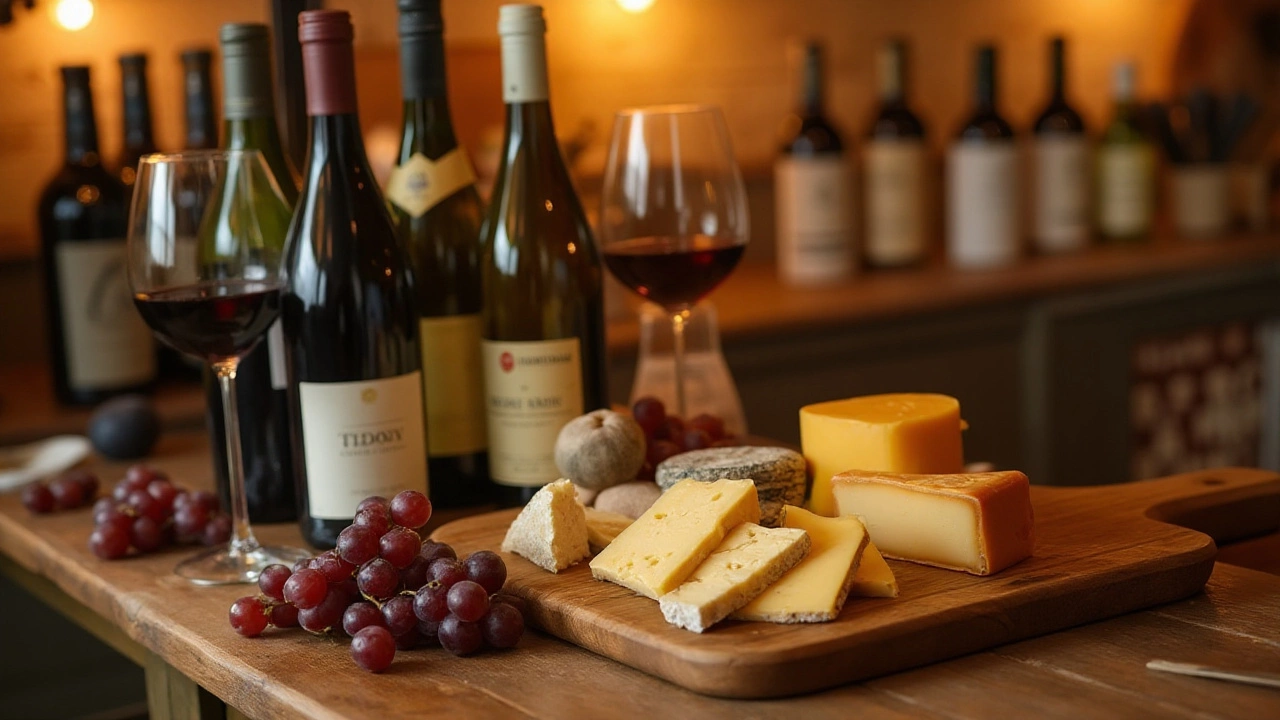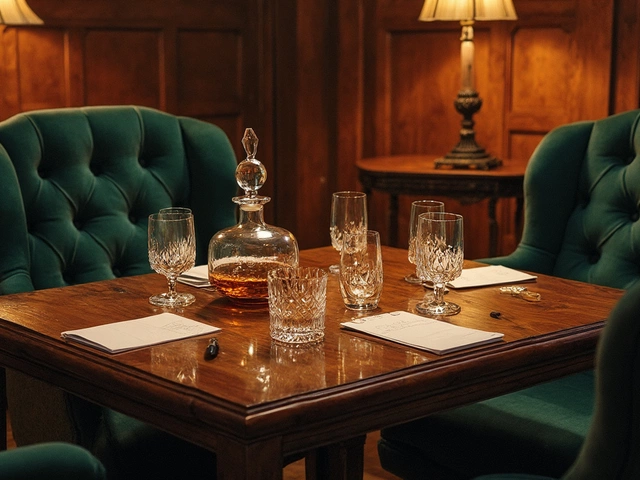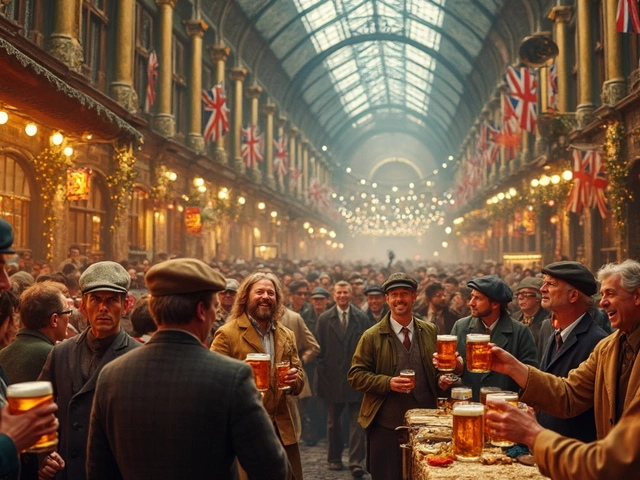Flavor – Dive Into Tastes, Pairings, and Drink Secrets
Ever wonder why a sip of wine can feel like a little fireworks show in your mouth? That’s flavor at work. It’s the mix of taste, aroma, and texture that makes every drink feel unique. On this page we break down what flavor means for wine, beer, spirits, and even non‑alcoholic drinks, so you can start tasting like a pro.
What Makes a Flavor Memorable?
Flavor isn’t just about the five basic tastes – sweet, sour, salty, bitter, and umami. It’s also about the smells that rise up from the glass, the way the liquid feels on your tongue, and how long the after‑taste hangs around. For example, a good Chardonnay often shows bright citrus notes, a buttery texture, and a clean finish. Those three parts work together to create a lasting impression.
One of the biggest flavor tricks is contrast. Pairing sharp cheese with a smooth white wine, like the classic cheese‑and‑wine combo, balances the rich fattiness of the cheese with the wine’s acidity. Our post on "The Real Reasons Cheese and Wine Are Always Paired" dives deeper into the science behind that perfect match.
Another tip: look for flavor layers. A whisky tasting can start with a smoky nose, move to a sweet caramel palate, and end with a hint of spice. Knowing the layers helps you pick the right food beforehand – a few dark chocolate squares, for instance, can highlight the whisky’s richness.
How to Play with Flavors at Home
Want to experiment without leaving the kitchen? Start with a simple mocktail. Swap out sugary sodas for fresh fruit juice, a splash of herb‑infused water, or even a dash of vinegar. Our guide on "Best Healthy Mocktails" shows you how to keep flavors bright while staying low‑calorie.
If you’re gearing up for a wine tasting, a quick palate cleanser can work wonders. Light crackers, a few almonds, or even a sip of sparkling water resets your taste buds between pours. The article "What to Drink Before Wine Tasting" explains why a tiny sip of water can make the next glass taste even cleaner.
For a deeper dive, try pairing a spirit with food that mirrors its flavor profile. A vanilla‑toned vodka goes nicely with a vanilla‑infused dessert, while a peppery gin can be highlighted with a slice of citrus‑spiced cheese. Our post "Best Mixers for Vodka" lists unexpected pairings that bring out hidden notes.
Finally, don’t forget temperature. A chilled glass can mute some flavors, letting the clean, crisp notes shine. Warm a rich red a few minutes before serving, and you’ll notice the fruit flavors open up. Experimenting with temperature is a cheap but effective way to change the flavor story.
Whether you’re a seasoned sommelier or just getting curious about what makes a drink taste great, focusing on flavor gives you a roadmap to better enjoyment. Use the tips above, explore the articles linked on this page, and start tasting the world one sip at a time.
Discover the art of pairing wine with cheese for a platter that excites the senses. Selecting the right wine to complement your cheese choices can elevate your tasting experience to new heights. This guide offers insight into why pairing matters, how to select wines for various cheeses, and practical tips for creating the perfect combination. Let's explore how to enhance your culinary journey with unforgettable flavors and aromas.
View Details

